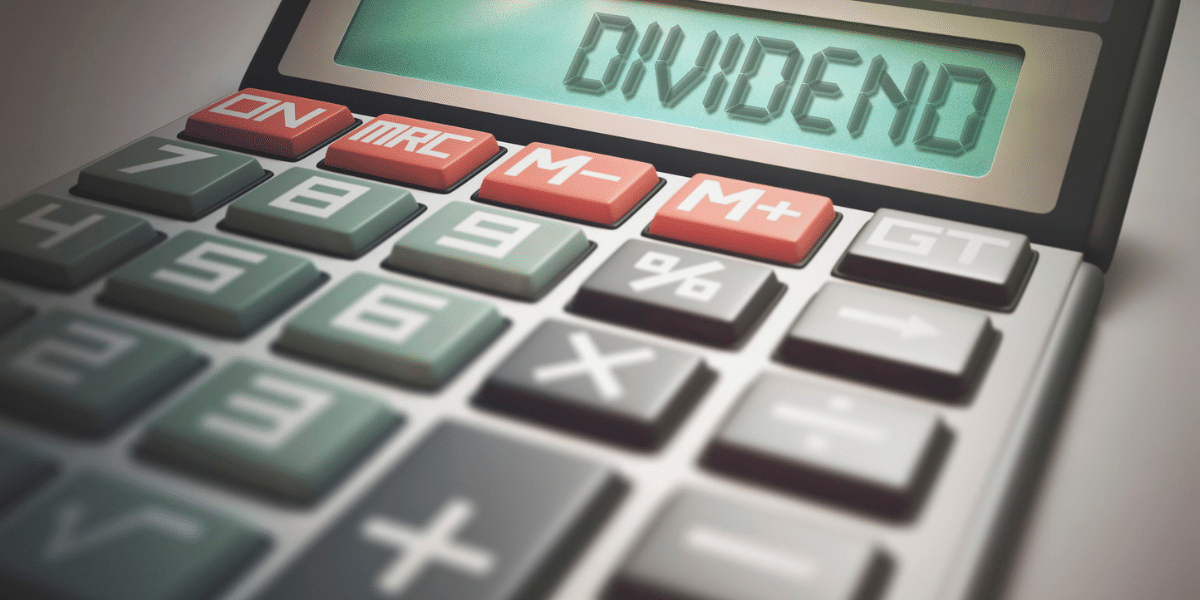Dividends — the desirable distribution of company profits paid to shareholders. You know what they are, but do you know how to manage them when it comes to reinvesting, withdrawing, taxes, and retirement? Dividends are primarily a ‘thank you for investing in us’ reward for shareholders. Understanding the fine print is necessary if you plan to utilize dividends as passive income or as part of your retirement plan.
Dividends are paid out on a per-share basis. For example, Apple pays dividends quarterly. Their Q2-Q4 2021 divided payments have remained steady at $0.22 per share. The dividend payout amount and cadence can vary from pay period to pay period and from company to company.
While $0.22 doesn’t sound like much, there are plenty of people holding enough shares to make their dividends add up to an impactful amount.
Dividends — Reinvest or Withdraw?
Dividends can feel a bit like interest — while seemingly small at first glance, they can have a real impact over time. How you manage your dividends is a personal choice. Take time to understand your options to make an informed decision that is in line with your goals.
Option 1 is to reinvest the dividends. You can set up an automatic reinvestment or physically buy more stock with the paid-out funds. By reinvesting, your dividend earnings potential grows without contributing additional funds from elsewhere. The more shares you own, the more dividends you will receive, leading to a compounding effect when reinvested.
Option 2 is to withdraw the dividends and utilize the funds however you wish.
When a dividend is paid out, it is considered earned income, which leads us to taxes. This is true if you withdrawal the dividends or reinvest them. Dividends are taxable income to the shareholder unless they are held in a tax deferred account such as an IRA. Remember all distributions from IRAs are taxable but the income is not taxable when it is earned within the IRA.
Dividend Taxation
When withdrawing dividends, your tax rate is often associated with how long you’ve held the stock. Qualified dividends and Ordinary or Nonqualified dividends are the categories you’ll see used to determine the tax status.
Qualified dividends, often associated with long-term investments, are subject to the capital gains tax. This is a favorable scenario as capital gains tax rates are lower than ordinary income tax rates. Ordinary or Nonqualified dividends are subject to ordinary income tax and are associated with short-term investments.
While the length time between the purchase and sale of stocks comes into play, it’s not the only factor in determining your tax bracket:
Qualified dividends are associated with U.S. corporations (or a qualifying foreign entity), they meet the requirements of a dividend as outlined by the IRS, and have met the holding period requirements.
Nonqualified dividends include one-time dividends, dividends from non-qualified foreign entities, distributions from REITS or bond funds, dividends paid through employee stock options, or stocks where the holding period requirements have not been met.
As you can see, determining the status of your dividend is not always straightforward. A CPA can provide accurate tax guidance related to dividends. Furthermore, an accountant can help you weigh your options when it comes to deferring or reducing your tax bill.
Digging into Dividends
There are many timelines and terms used in the world of dividends, here are a few to know:
Regular dividends: dividends paid on a regular schedule. A quarterly payment schedule is common. Regular dividends are known for remaining steady with little fluctuation.
Special dividends: a one-time cash disbursement to shareholders, meaning it is not recurring.
Declaration date/Announcement Date: the day a company’s board of directors announces the next dividend payment amount and timeline.
Ex-dividend date: A share must be purchased before the ex-dividend date to qualify for the upcoming dividend payment.
Record date: The day the company informs the shareholders who qualify for the dividend.
Payment date: Just as you’d expect, this is the day the dividend is officially paid to the shareholders.
The Role of Dividends in Retirement Planning
When you retire, you’ll need a withdrawal strategy. It’s here that you’ll determine how much retirement income you’ll require each month. The plan utilizes your various investments and income streams to cover your expenses.
At Integrated Wealth Management, we work closely with our clients to create an all-encompassing plan. At the end of the day, we help our clients gain confidence in how their savings will fund their retirement. For most, dividends are supplemental income and are just one piece of a much larger retirement puzzle.
To learn more about your dividend potential, understand your tax implications, and review how dividends can play into your retirement plan — contact one of our Wealth Advisors today.



